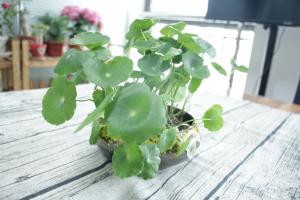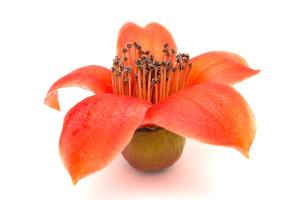When Can You Plant Tomatoes in New England?
Tomatoes are one of the most popular vegetables grown in gardens across New England. But planting tomatoes can be tricky, as they are sensitive to both hot and cold temperatures. So when is the best time to plant tomatoes in New England?
Climate in New England
New England has a cool and temperate climate. The region is known for its long winters and cool springs, which can make gardening challenging. In general, the growing season in New England runs from late May through early October. But even during the growing season, temperatures can fluctuate dramatically, so it is important to be mindful of the weather when planting tomatoes.
Frost Dates
The key to determining when to plant tomatoes in New England is to know your area's last frost date. In most of New England, the last frost date falls in late April or early May. However, some areas of the region can experience frost as late as June, so it is important to check with your local agricultural extension office to determine the exact last frost date for your area.
Planting Time
Once you know your area's last frost date, you can determine when to plant your tomatoes. It is generally recommended to wait until two weeks after the last frost date to plant tomatoes in New England. This gives the soil time to warm up and ensures that the plants will not be damaged by frost or cold temperatures.
If you want to get a head start on the growing season, you can start your tomato seeds indoors 6-8 weeks before the last frost date. This will give your plants a head start and allow them to mature before the outdoor growing season begins.
Choosing the Right Varieties
Choosing the right tomato varieties is also important when planting in New England. Look for varieties that are well-suited to cooler climates and have a shorter growing season. Some recommended varieties for the region include Early Girl, Stupice, and Celebrity tomatoes.
Caring for Your Tomatoes
Once your tomatoes are planted, it is important to provide them with proper care to ensure a successful harvest. Tomatoes require plenty of sunlight, water, and nutrients to thrive. They should be watered regularly, but not overwatered, as this can lead to root rot.
Tomatoes also require regular pruning to promote healthy growth and increase fruit production. Prune out any leaves or branches that are yellow or diseased, as these can affect the health of the plant.
Conclusion
In conclusion, the best time to plant tomatoes in New England is two weeks after the last frost date, which falls in late April or early May for most areas of the region. Choose varieties that are well-suited to cooler climates, and provide your plants with proper care to ensure a successful harvest.

 how many times do yo...
how many times do yo... how many planted tre...
how many planted tre... how many pine trees ...
how many pine trees ... how many pecan trees...
how many pecan trees... how many plants comp...
how many plants comp... how many plants can ...
how many plants can ... how many plants and ...
how many plants and ... how many pepper plan...
how many pepper plan...





























